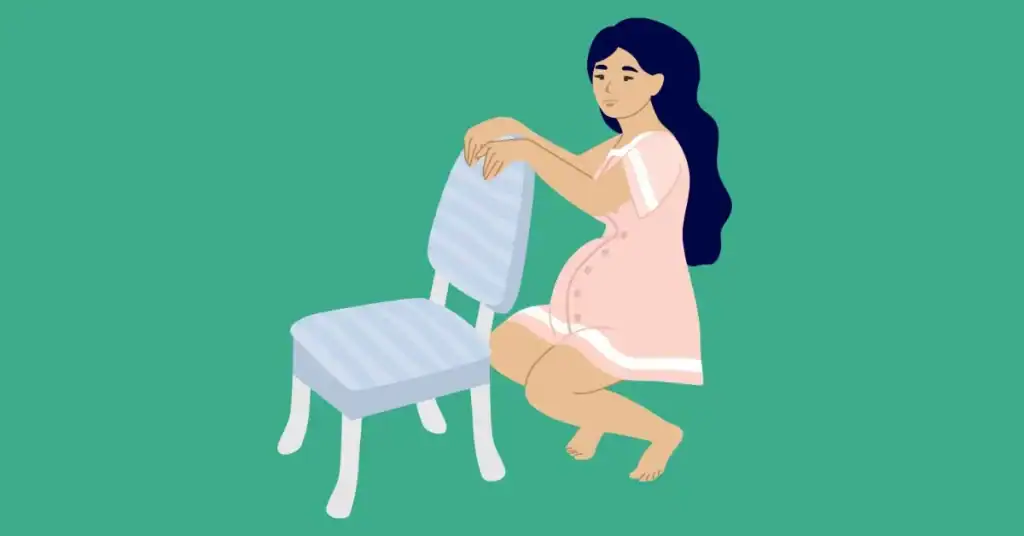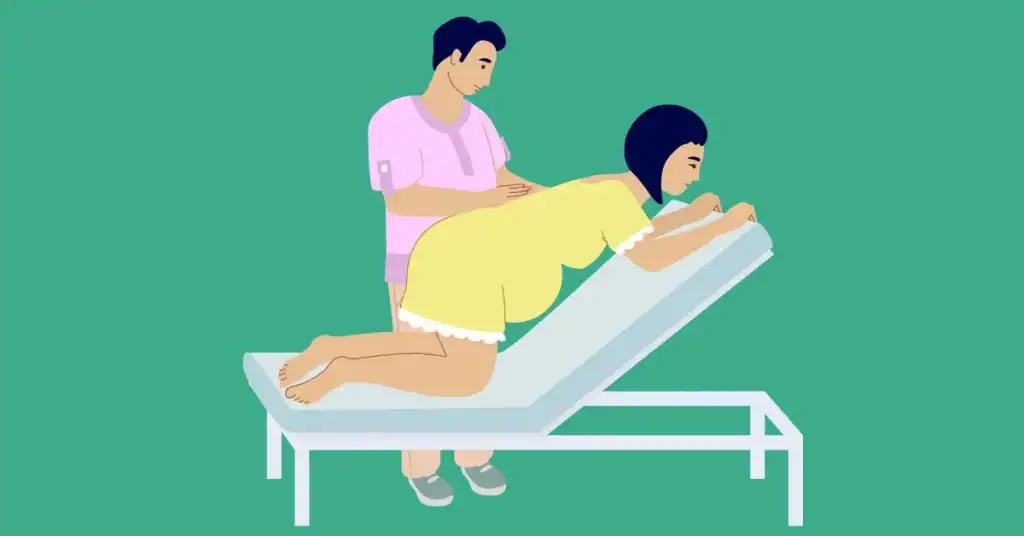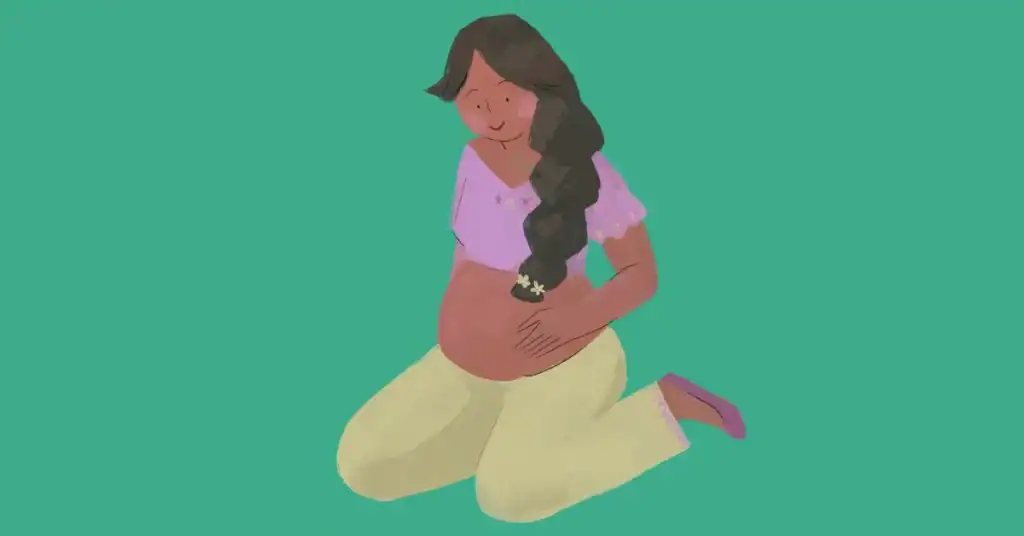
Table of Contents
Choosing the right birthing position can significantly impact the comfort and safety of your labour and delivery experience. While the traditional supine position (lying on your back) is commonly used, alternative positions may offer benefits such as reduced pain, shorter labour duration, and fewer medical interventions.
This article explores five effective birthing positions, supported by expert opinions and scientific studies, to help you make an informed decision for your childbirth journey.
1. Squatting Position

Squatting during labour can widen the pelvic opening by up to 15%, facilitating the baby’s descent through the birth canal. This position utilises gravity to aid delivery and may reduce the need for forceps or vacuum assistance.
Benefits:
- Increases pelvic diameter, aiding in fetal descent.
- Utilises gravity to facilitate labour.
- It may reduce the need for assisted deliveries.
Considerations:
- It may be physically demanding; support from a partner or equipment like a birthing stool can help.
- Not recommended for individuals with certain medical conditions or those who have received an epidural.
2. Hands-and-Knees Position

Also known as the “all-fours” position, being on hands and knees can alleviate back pain and encourage the baby to rotate into an optimal position for birth. This position is particularly beneficial for those experiencing back labour.
Benefits:
- Reduces pressure on the lower back.
- Encourages optimal fetal positioning.
- May decrease the likelihood of perineal tears.
Considerations:
- It may be challenging to maintain for extended periods.
Assistance may be needed to transition into or out of this position.
3. Side-Lying Position

Lying on your side can be a restful position that still allows for effective labour progression. It’s especially suitable for individuals who have received an epidural or need to conserve energy.
Benefits:
- Reduces pressure on the perineum, potentially decreasing the risk of tearing.
- Allows for rest between contractions.
It can be beneficial for individuals with high blood pressure.
Considerations:
- May require assistance to switch sides periodically.
Monitoring fetal heart rate may be more challenging in this position.
4. Upright Positions (Standing or Walking)

Remaining upright during labour, such as standing or walking, can harness gravity to assist in the baby’s descent and may lead to a more efficient labour process.
Benefits:
- Promotes effective contractions.
- It may shorten the duration of labour.
- Provides a sense of control and active participation in the birthing process.
Considerations:
- Continuous monitoring may be more complex.
- Fatigue may set in; having support or taking breaks is important.
5. Kneeling Position

Kneeling, either upright or leaning forward, can help relieve back pain and encourage the baby to move into a favourable position for birth. This position is adaptable and can be used with support from a partner, birthing ball, or bed.
Benefits:
- Alleviates pressure on the lower back.
- Encourages optimal fetal positioning.
- It can be used effectively with or without an epidural.
Considerations:
- May require additional support to maintain balance.
Not all birthing facilities may accommodate this position easily.
Expert Insights
Dr. Jane Smith, an obstetrician with over 20 years of experience, emphasises the importance of choosing a birthing position that aligns with the individual’s comfort and medical needs. “While certain positions can offer physiological benefits, the most effective position is one that the birthing person feels most comfortable and empowered in,” she notes.
Research supports the advantages of alternative birthing positions. A study published in the Journal of Midwifery found that upright positions during labour can reduce the duration of the second stage of labour and decrease the need for assisted deliveries.
Conclusion
Exploring and understanding different birthing positions can empower you to have a more comfortable and potentially safer labour or experience.
While each position offers unique benefits, the best choice depends on your comfort, medical circumstances, and the guidance of your healthcare team.
Engage in open discussions with your provider to create a birth plan that aligns with your preferences and needs.
Best Birthing Positions for a Safe and Comfortable Delivery FAQs:
In many cases, yes. It's important to discuss your preferences with your healthcare provider ahead of time to ensure your chosen position is safe and feasible given your specific circumstances.
Positions like hands-and-knees or side-lying can help alleviate back pain and provide rest between contractions. Upright positions may also promote more effective contractions, potentially reducing overall labour time.
Yes, changing positions can be beneficial and is often encouraged to promote comfort and labour progression. Always consult with your healthcare provider to ensure safety, especially if you've received an epidural or have other medical considerations.
Some studies suggest that certain positions, particularly upright ones, may reduce the need for assisted deliveries. However, many factors influence the course of labour, and interventions are sometimes necessary regardless of position.
Prenatal classes, discussions with your healthcare provider, and practising positions during pregnancy can help you become more comfortable and prepared to use various positions during labour.









